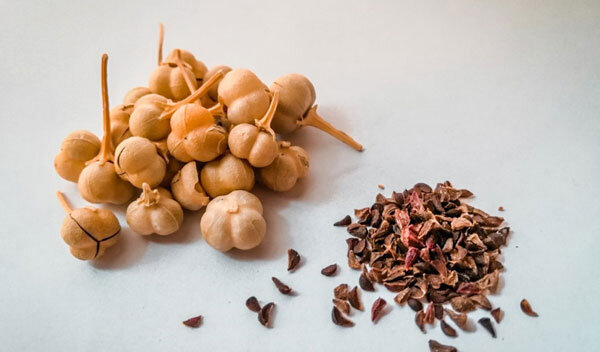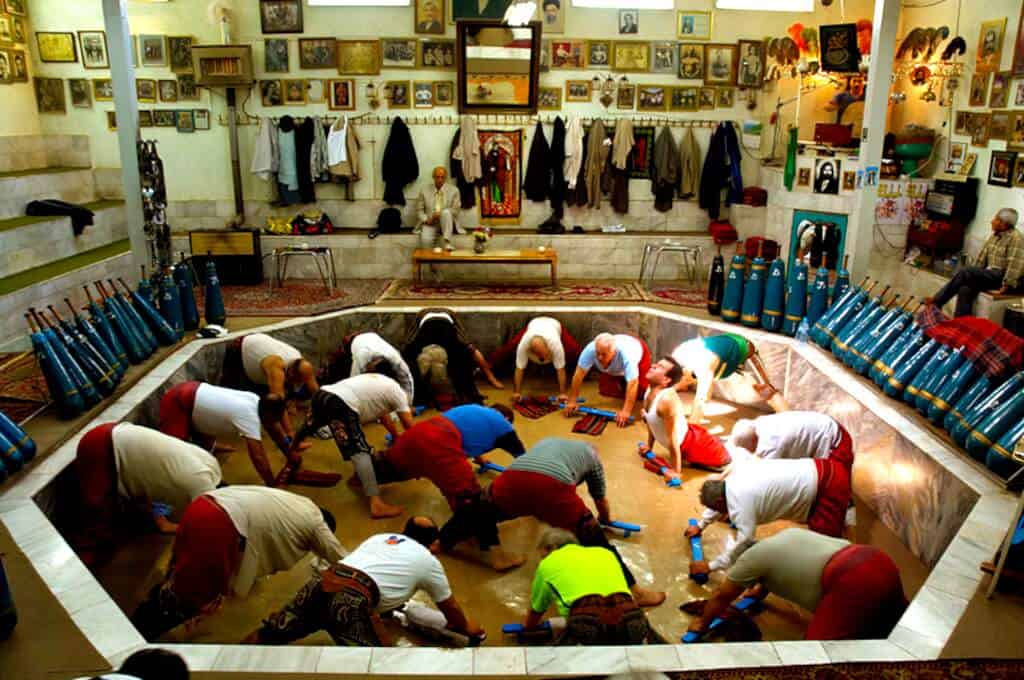Things That Only You Can See in Iran!
Every country has unique customs and traditions, and Iran is no exception. No matter how small, these habits are passed down from generation to generation, becoming an integral part of Iranian life.
In this article, Iran Travel Guide Center will introduce you to some fascinating cultural traditions of Iran that may pique your interest. These customs are distinctive to Iran, often surprising foreign visitors with their uniqueness.
Burning Wild Rue Seeds (Espand)

Espand
One intriguing cultural tradition of Iran involves burning Wild Rue Seeds, known as Espand. Iranians believe the smoke burning Espand produces protects them from the “evil eye.” This tradition has its roots in ancient Zoroastrian practices and has been preserved through generations. Espand, a native Asian plant in the Middle East and parts of South Asia, are also used in other cultures, like Turkey, for similar protective reasons. However, in Turkey, they do not burn it; instead, they hang Espand seed capsules in their homes and cars as protection from evil spirits. Similarly, Espand is also used in Morocco for protection from the Jinn.
Bastani Sport and Zurkhaneh

Varzesh-e Pahlavani
Bastani sport, also known as Varzesh-e Pahlavani, originates as an academy of physical training and a training ground for warriors defending against foreign invaders, akin to martial arts. Over the past 3000 years, it has absorbed various elements of moral, philosophical, and mystical values from the rich tapestry of Iranian civilization. Consequently, Varzesh-e-Pahlavani incorporates the essence of Sufism, the rituals of Mithraism, and the spirit of Iranian nationalism. Many of these Pahlavans (sports heroes) played significant roles in resisting invaders throughout Iran’s history. Unfortunately, the term “Pahlavan” has been misused by scholars, unqualified writers, and the masses without access to reliable sources.
The roots of Varzesh-e Pahlavani can be traced back to the Parthian Empire of Iran (132 BC – 226 AD), and the word “Pahlavan” is derived from Parthia. There are resemblances between the rituals of Mithraism and the practices of Varzesh-e Pahlavani. The Mithraic temples bear similarities in structure to Zurkhanes, where the traditions of Varzesh-e Pahlavani take place. However, with the influence of Western values in Iran during the early 1900s and the poorly designed policies of the Pahlavi regime, Varzesh-e Pahlavani experienced a decline in popularity.
In Ferdowsi’s renowned epic work, the Shahnameh (Book of Kings), legendary Pahlavans confront evil forces in mythical battles. Often, the outcome of these confrontations was determined through hand-to-hand combat known as Koshti (wrestling). One of the revered Pahlavans of that era is Rostam, renowned for his courage and bravery.
During the Islamic period in what is now Iran (from 650 AD onwards), the school of Pahlavani transformed into an academy of physical training. Later, during the Safavid Dynasty, some four hundred years later, with the introduction of Islam and Shi’ism, new dimensions were added to Varzesh-e Pahlavani, embracing the philosophy and spirituality of Islam. Sufism served as the medium for expressing these dimensions.
Several prominent Pahlavans have emerged throughout history, including Pahlavan-e Bozorg Razaz, Pahlavan Boloorforoush, Pahlavan Toosi, and Jahan Pahlavan Takhti. The pinnacle of Varzesh-e Pahlavani was during the reign of Naser-e-din Shah (1848-1896) when numerous Zurkanes were built across the country. An official Pahlavan was determined in a competition before the Shah each year on the first day of the Iranian new year.
To Regale
In Iranian cultural traditions, offering sweets, especially with tea, is a common gesture to celebrate joyous events such as marriage, having a baby, or buying a house. Friends and family members are expected to bring sweets to share the joy when something good happens. This act of regaling reflects the hospitable nature of Iranians.
Finger Snapping
Finger Snapping is a distinctive tradition at Iranian celebrations, weddings, and happy occasions. It requires skill and practice from a young age, producing sounds known as “Beshkan.” One can create a clapping-like sound by building tension between the thumb and another finger of the same hand and forcefully moving the finger downward to hit the palm.
Notch!
Instead of directly saying “No,” Iranians often use gestures to express their opposition. They may raise their eyebrows and say, “Notch!” to indicate disagreement. It may seem unclear to foreign tourists, but this non-verbal expression is commonly understood among Iranians.
Parents Addressing Children as Mom and Dad
An unusual aspect of Iranian cultural traditions is that parents often refer to their children as “Mom” or “Dad.” For instance, a parent might call their child, “Mom, come here!” or “Daddy, listen to me!” This endearing practice might surprise outsiders but reflects Iran’s affectionate and close-knit family relationships.
“Don’t Mention It!” Gesture
A polite custom in Iran is refusing money for services rendered, especially when offered immediately. Instead of accepting payment immediately, Iranians often say, “Don’t mention it!” before finally getting it. While this may appear perplexing to foreign tourists, it reflects the Iranian sense of hospitality and modesty.
Shared Taxis
In Iran, even sedans are shared taxis, meaning you might board a cab, and the driver will pick up additional passengers traveling in the same direction. Passengers can opt not to share the cab by waiting for an empty one and telling the driver they need it alone or “Darbast.”
Also read: public transportation means in Iran
These are just a few unique cultural traditions that define Iran’s rich heritage and make the country an intriguing and enchanting destination for visitors.




No comment